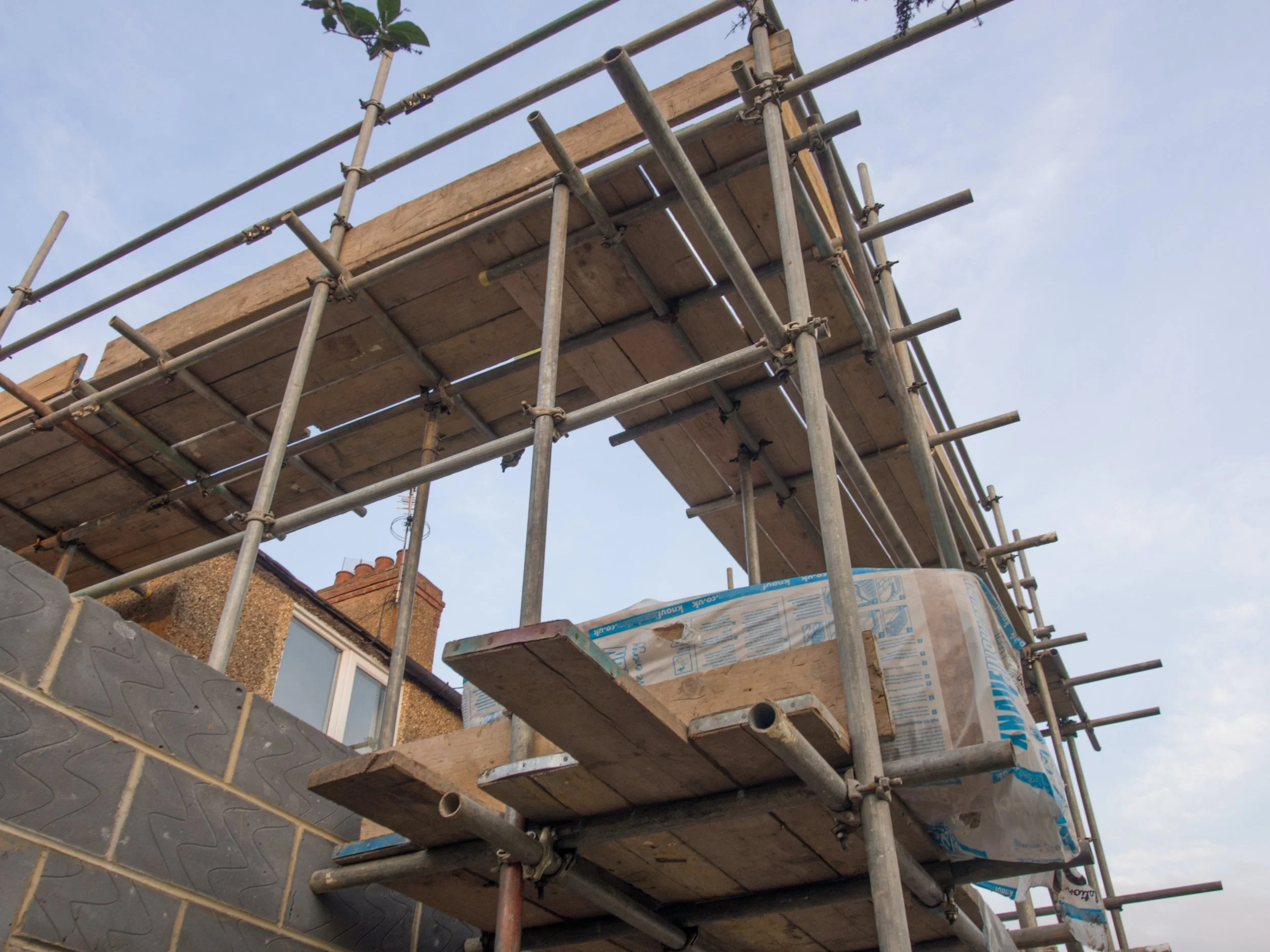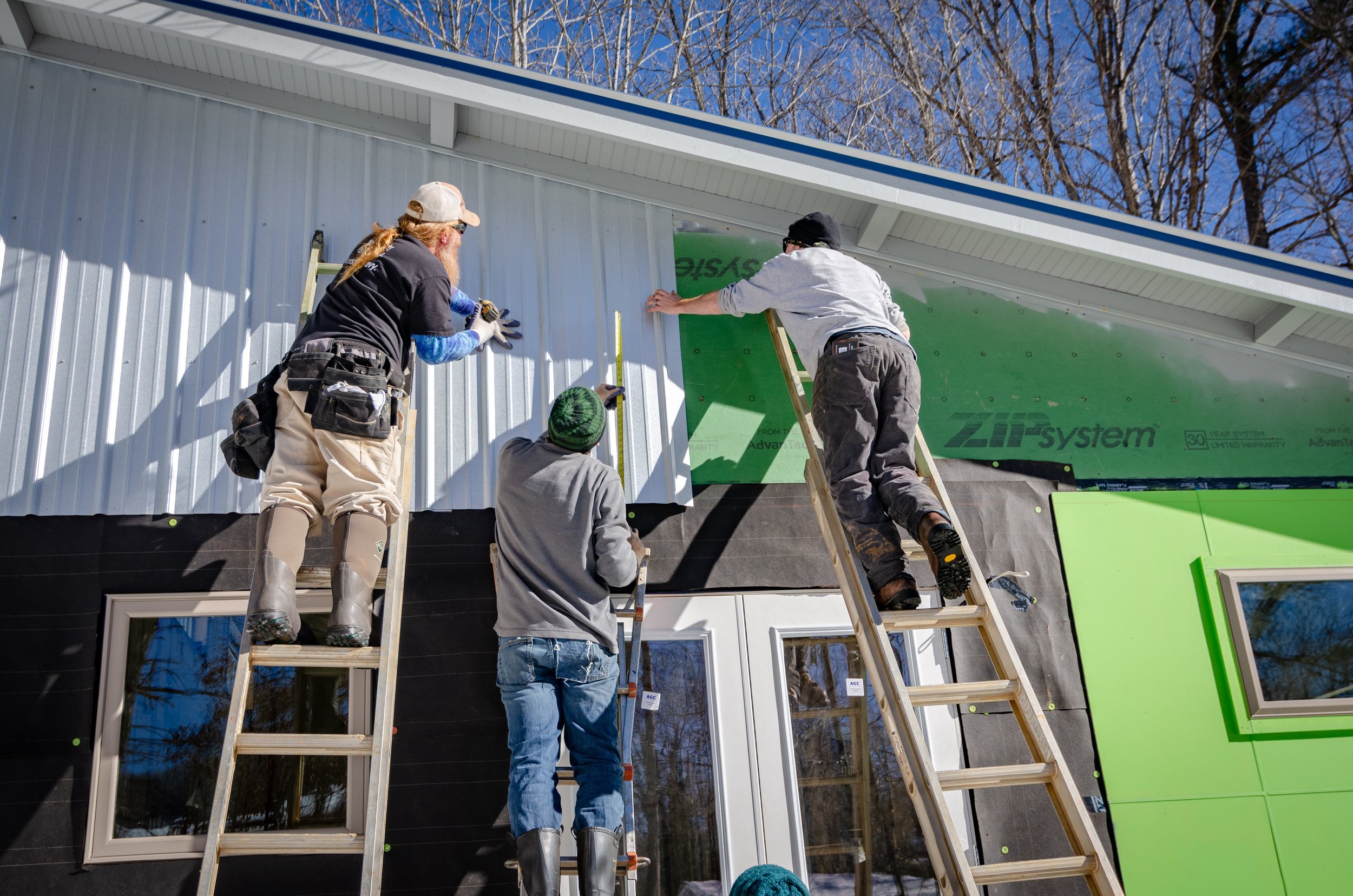It is truly a unique time to be in the residential construction industry. Despite the rising cost of housing across the country, the demand seems to be insatiable, with new construction being higher than it has been since 2006.
While this is exciting news for those in the industry, it is important to stay one step ahead of the trends to keep your construction business relevant in all market conditions. Keep reading for a detailed breakdown of 5 important things to know about residential construction in 2022.
Sustainability Is At the Forefront of New Projects
The United States has a goal of being a net-zero economy by 2050. As such, contemporary construction projects should be designed around this objective. Adding energy-efficient features to residential buildings is obviously important. This would include elements such as solar panels, continuous insulation, and low-E windows.
However, an equally important consideration on the path to sustainability is creating durable structures that limit the amount of resources required for maintenance, upkeep, and replacement. This has spurred an increased interest in steel materials in the residential construction community. Steel is one of the most durable products on the market, offering premier resistance against fire, impact, and inclement weather. How long does steel siding last?
Conservative estimates say 50 years, but the reality is that most steel products will last far longer than the life of the building. This makes steel a truly set-it-and-forget-it building option that will limit ongoing resource consumption.
The Cost of Building Materials Is Higher Than Ever
Thanks to ongoing supply chain issues stemming from the pandemic and historic inflation rates, the cost of building materials is through the roof in 2022.
To help offset the upfront cost, professionals are looking for ways to recoup value after the project is completed. Some of the best ways to accomplish this are by choosing durable, low-maintenance materials that will limit the lifetime cost of ownership and add resale value to the property down the road. Some ideas include choosing a steel beam house construction, fiber cement siding, composite slate roofing, and polished concrete floors.
There Is an Uptick in Rehabilitation Projects
There is a multitude of “re” words in residential construction jargon: renovation, remodeling, restoration, refurbishment, and rehabilitation are a few of the most common. While most of these terms have similar or overlapping definitions, there are some subtle differences between these terms that can help identify the scope of a construction project.
Two of the most important terms to compare are “renovation” vs. “rehabilitation.”
A renovation is usually performed with an improvement in mind. It typically involves adding space, upgrading materials, or any other type of project that gives a property a “facelift.” Renovation projects can strip a structure down to little more than its foundation before building back from scratch. Many renovated properties can end up largely unrecognizable from their previous state.
Rehabilitation aims to maintain the historical integrity of a building while getting it compliant with contemporary building codes. While badly dilapidated buildings may require some level of renovation, most rehabilitations focus on projects such as retrofitting windows, patching concrete, applying sealants around the building envelope, modernizing the HVAC system, and ensuring ADA-friendly features.
By choosing to rehabilitate an existing building instead of starting a new construction project or performing a full-scale renovation, it is estimated that the total cost of construction can be reduced by 25-30%, making it a very attractive option for large multi-family projects.
There Is A Shortage of Affordable Housing
As residential construction continues to boom even in the face of skyrocketing material prices, middle America is increasingly being priced out of the action. To help cover the cost of construction and remain profitable, developers are simply charging more. For now, this has not slowed down the industry, as buyers are just taking out larger loans and complaining about the cost of living.
However, with mortgage rates surpassing 5% for the first time since 2011, there is eventually going to be an end to what people are willing to borrow. Therefore, building bigger, better, and more expensive structures is not going to be the answer forever. Residential developers have to get creative with how they can appeal to households of modest means to be in a position to succeed should a bubble burst on home lending.
The entire problem cannot be solved simply through government subsidies and tax credits. As mentioned, rehabilitating old condos, apartments, and townhouses--especially in urban areas--is an approach many projects are taking. There is also an increased interest in choosing materials that can be fabricated off-site and transported into the development. This helps reduce construction waste and quickens the turnaround time on a project.
Protecting the Investment Is a Top Priority
The price explosion of building materials and residential homes comes at a time when many parts of the country are being ravaged by wildfires and other types of extreme weather events. The combination of these factors makes building with safety and longevity a primary consideration.
To help protect residential buildings, construction professionals are choosing materials with the highest fire, impact, and weather resistance on the market. Some materials that score the highest along these lines are composite roofing tiles, insulated concrete forms (ICF) framing, polished concrete floors, and fiber cement siding.
Don’t Ignore These 5 Important Residential Construction Trends
Although the residential construction sector is in the midst of a historic boom, it is important for builders to keep an eye on the trends to remain profitable moving forward. With this in mind, building for sustainability, finding ways to offset the cost of construction materials, exploring building rehabilitations, creating affordable housing units, and ensuring the safety and security of projects are 5 of the most important trends that construction professionals need to be aware of in 2022.
Max Shafer is a contributor to the Innovative Building Materials blog. He is a content writer for the construction and home improvement industries with an interest in landscaping, outdoor remodeling, and interior design. Max is focused on educating homeowners, contractors, and architects on innovative materials and methods of construction that increase property value, improve sustainability, and create a warm and welcoming ambiance.




